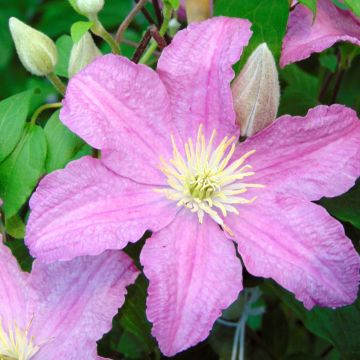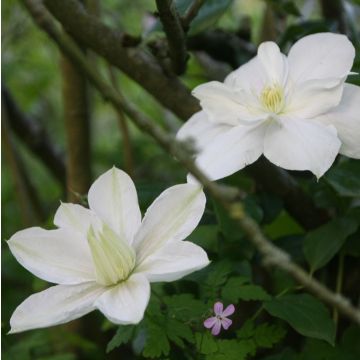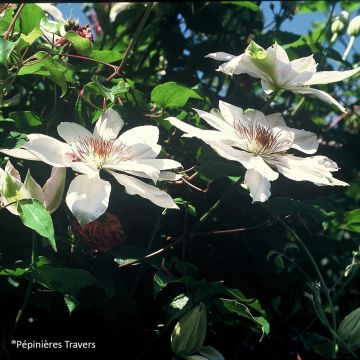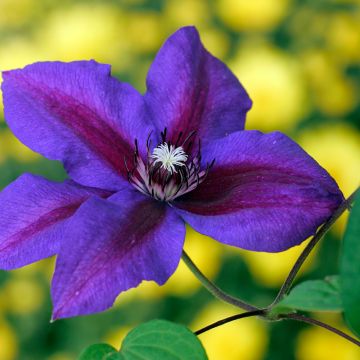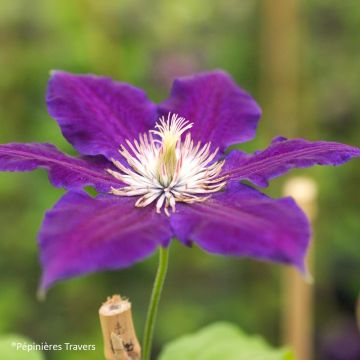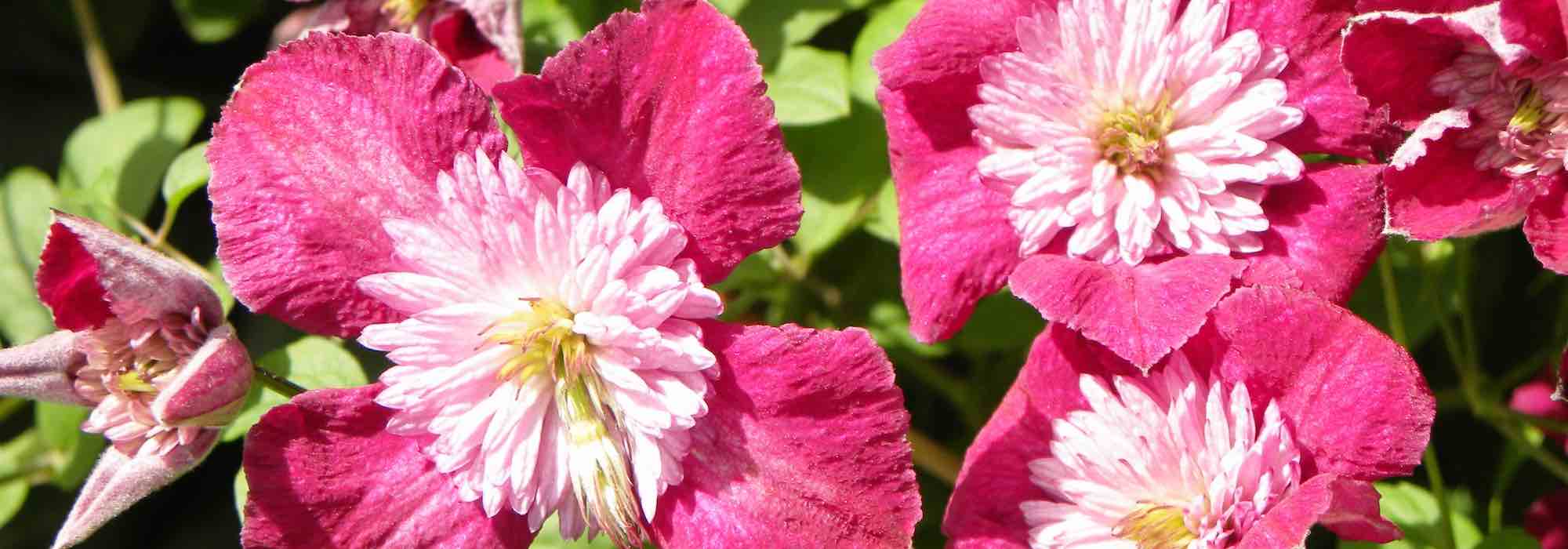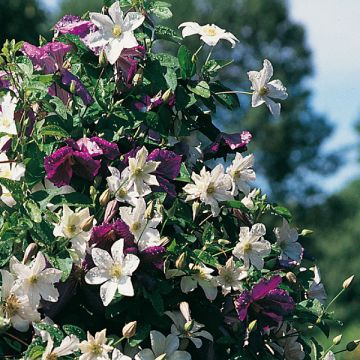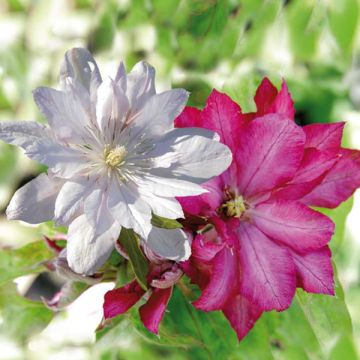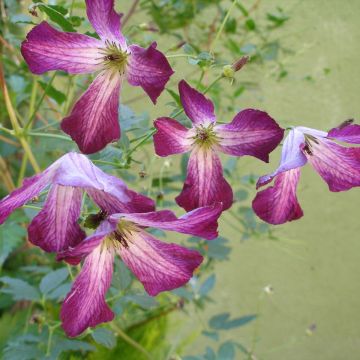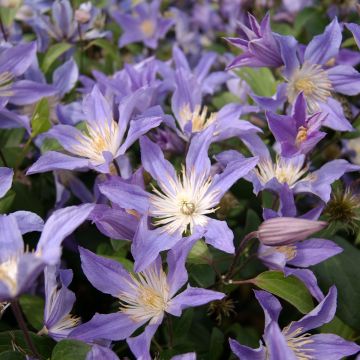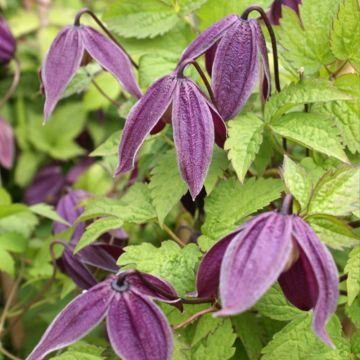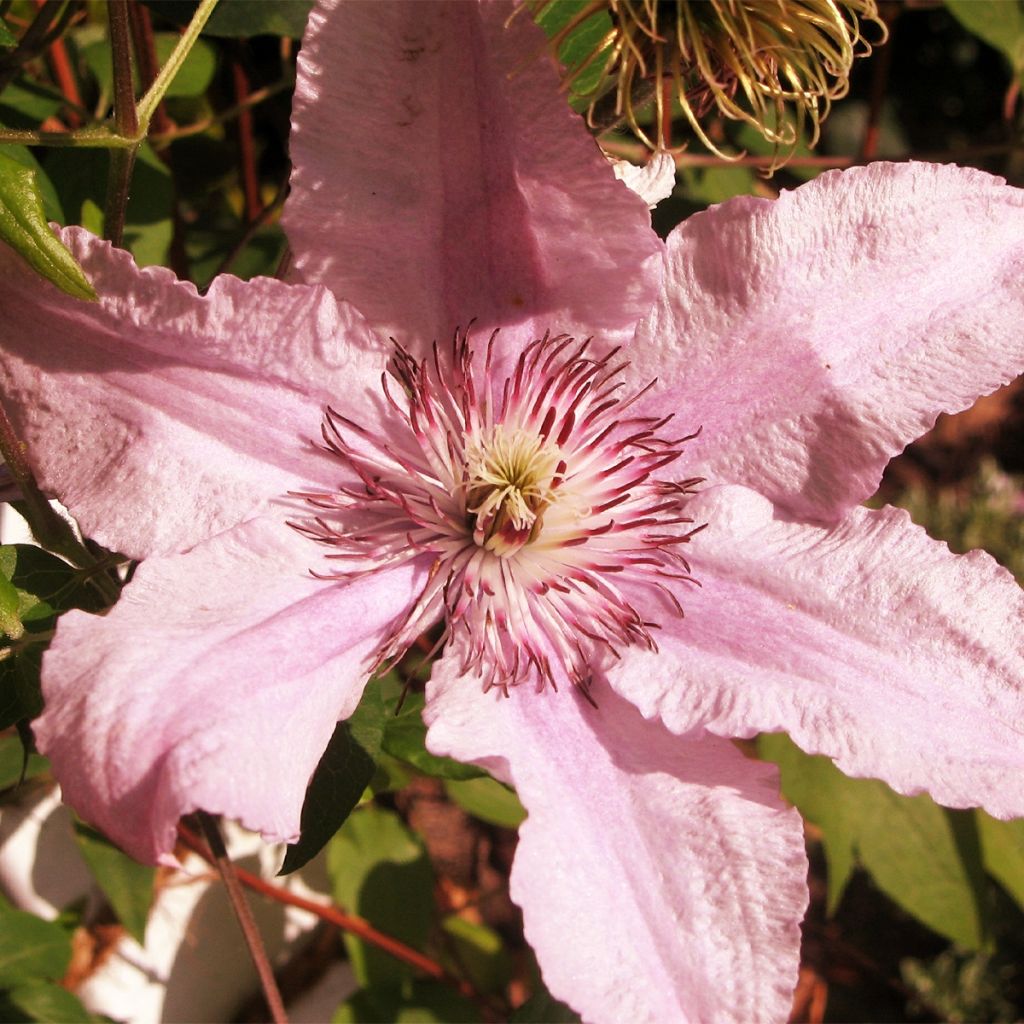

Clematis Marmori
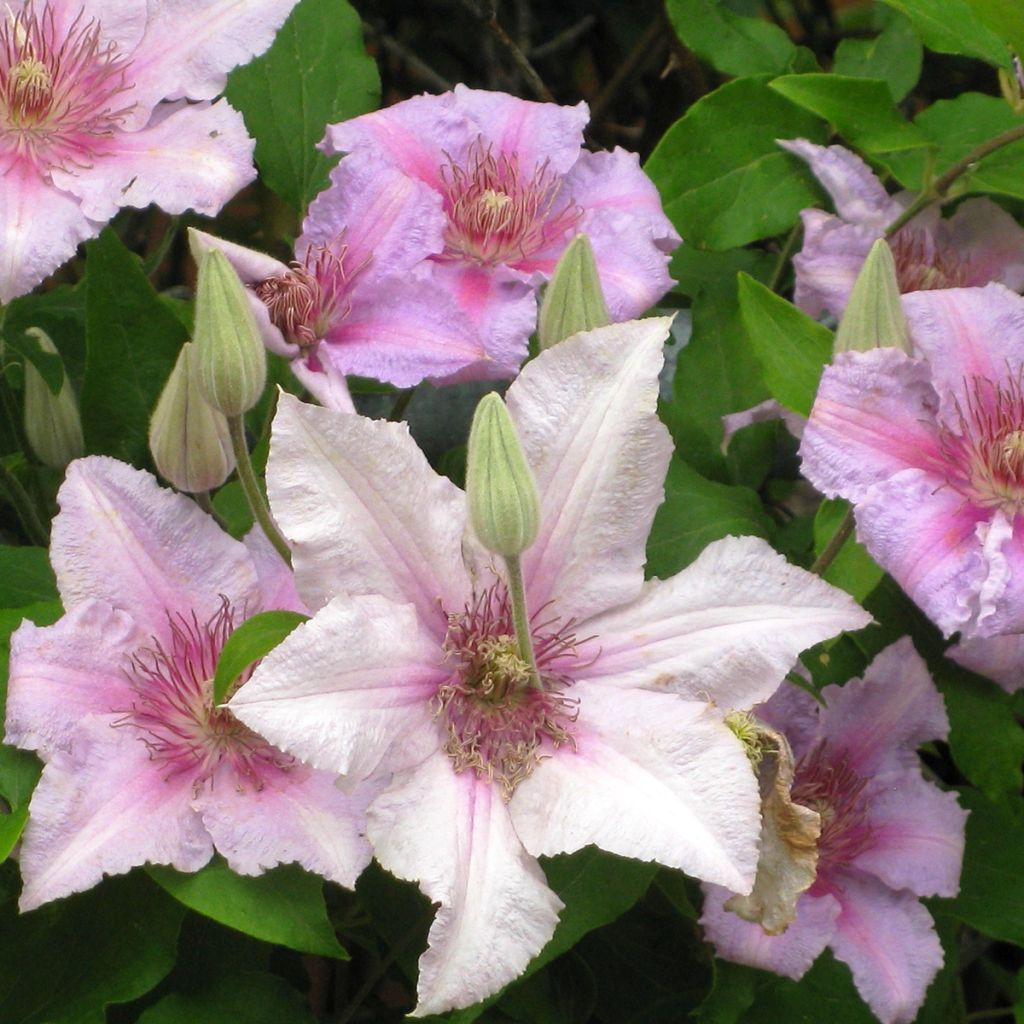

Clematis Marmori
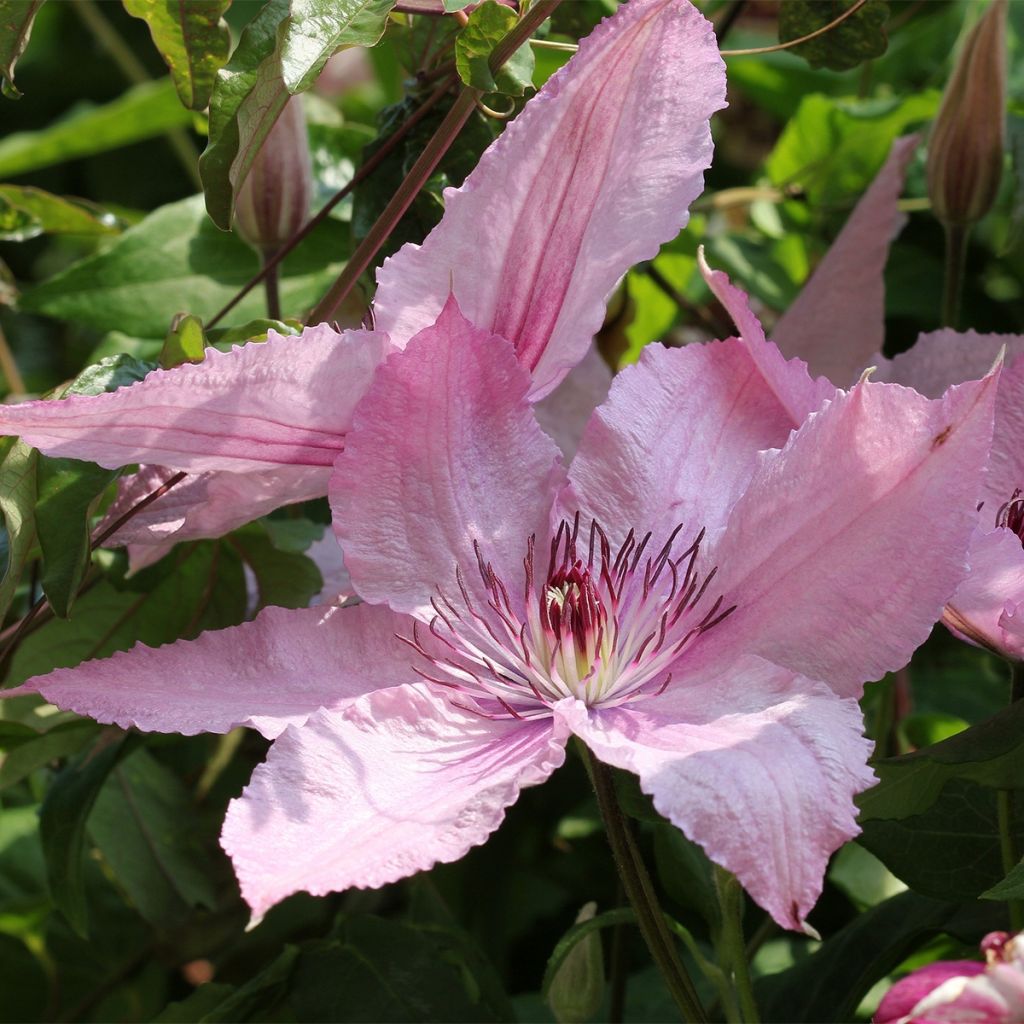

Clematis Marmori
Clematis Marmori
Clematis patens Marmori
Early Large-flowered Clematis
Special offer!
Receive a €20 voucher for any order over €90 (excluding delivery costs, credit notes, and plastic-free options)!
1- Add your favorite plants to your cart.
2- Once you have reached €90, confirm your order (you can even choose the delivery date!).
3- As soon as your order is shipped, you will receive an email containing your voucher code, valid for 3 months (90 days).
Your voucher is unique and can only be used once, for any order with a minimum value of €20, excluding delivery costs.
Can be combined with other current offers, non-divisible and non-refundable.
Home or relay delivery (depending on size and destination)
Schedule delivery date,
and select date in basket
This plant carries a 6 months recovery warranty
More information
We guarantee the quality of our plants for a full growing cycle, and will replace at our expense any plant that fails to recover under normal climatic and planting conditions.
Would this plant suit my garden?
Set up your Plantfit profile →
Description
Clematis Marmori unveils its large wavy flowers in shades of pastel pink quite late, from July to September, taking over from many other large-flowered varieties. Its delightful flowers have very pale pink petals and rose fuchsia stamens on a small, compact plant suitable for small spaces and container gardening. This variety is perfect for creating a romantic setting, in the garden and on the balcony.
Clematis Marmori is a Soviet hybrid created in 1986. It is the result of hybridisation carried out by Uno Kivistik between the 'Hagley Hybrid' and 'Roogoja' varieties. Belonging to the Ranunculaceae family, this Clematis is classified in the horticultural category of hybrid Clematis of C. patens. It is a small climber that can reach 2 m (7ft) high and 1 m (3ft) wide. Flowering occurs from July to September in moderate climates. The single flowers, about 10 cm (4in) in diameter, consist of six slightly recurved, wavy, textured tepals that taper to a point. They open up to reveal a creamy centre with rose fuchsia anthers. This colour scheme harmonises perfectly with the pale pink petals, which have a slightly deeper pink base. The colour gradually fades under the sun, with varying intensities depending on the exposure. Decorative seed heads then appear until winter. The vibrant green, deciduous leaves are composed of 3 to 5 leaflets and borne on vigorous stems that attach themselves to their support using tendrils.
Clematis Marmori climbs various supports such as bushes or trellises and enhances them with its soft and tender shades. It pairs perfectly with other blue Clematis, white, violet or red ones, as well as climbing roses in the same tones, ensuring a long flowering season in every corner of the garden. Pair it with the purple of Flammula 'Sweet summer Love', the poetic forms of Viticella 'Queen Mother', or enjoy the porcelain complexion of Schisandra grandiflora.
Clematis Marmori in pictures
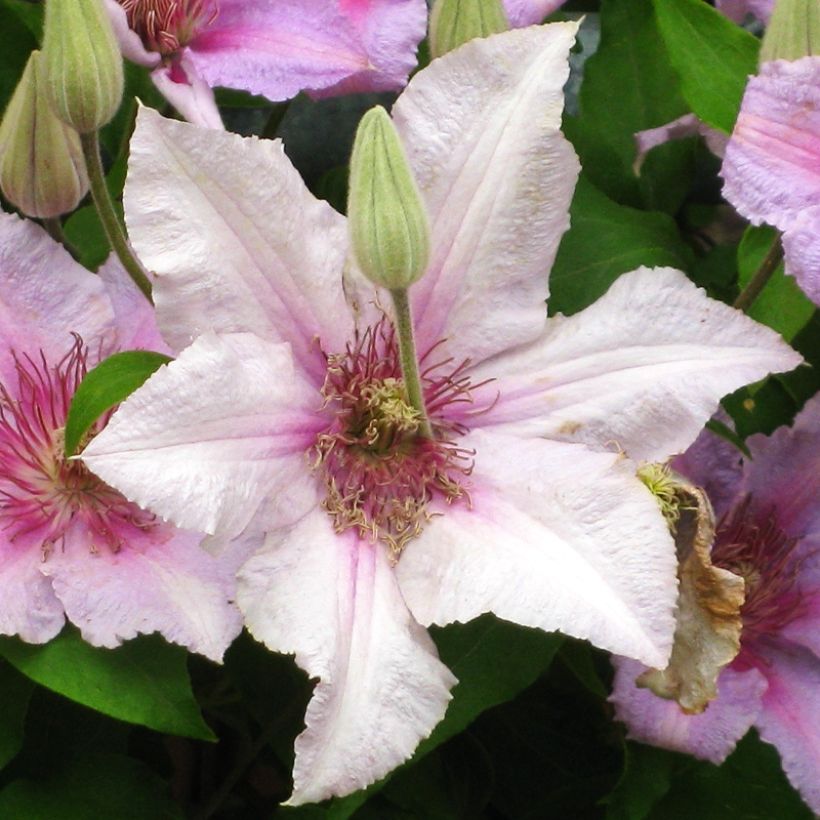

Plant habit
Flowering
Foliage
Botanical data
Clematis
patens
Marmori
Ranunculaceae
Early Large-flowered Clematis
Cultivar or hybrid
Other Clematis Patens
View all →Planting and care
Clematis Marmori likes a sunny or lightly shaded position near a tree, with its base in the shade. Plant it in a fertile, humus-rich, well-draning soil that stays moist, shading the roots and the base of the stem (with a flat tile, for example). Clematis can wilt in very wet soil. Plant it by covering the root ball with 3 cm (1in) of soil, in an area of 20 cm (8in) of well-dug soil, lightened with good compost and coarse sand. After planting, prune the clematis stems to about 30 cm (12in) from the base above a nice pair of buds. During the first few weeks, water regularly but be careful not to let the water stagnate as this can cause a fungus to develop at the neck. Mulch all clematis plants in February with garden compost or well-rotted manure, avoiding direct contact with the stems. Train the stems, without crushing them, until the plant can grip onto the support itself. Clematis also like to grow freely on neighbouring plants. Prune in March to 30 cm (12in) from the ground.
After a few years, cover the base of your climbing clematis with a small mound of soil to reduce the risk of clematis wilt while promoting the growth of vigorous new shoots from the crown. Voles and slugs can attack clematis and devour the stems. Aphids and greenhouse whiteflies are also potential pests.
Planting period
Intended location
Care
Planting & care advice
This item has not been reviewed yet - be the first to leave a review about it.
Similar products
Haven't found what you were looking for?
Hardiness is the lowest winter temperature a plant can endure without suffering serious damage or even dying. However, hardiness is affected by location (a sheltered area, such as a patio), protection (winter cover) and soil type (hardiness is improved by well-drained soil).

Photo Sharing Terms & Conditions
In order to encourage gardeners to interact and share their experiences, Promesse de fleurs offers various media enabling content to be uploaded onto its Site - in particular via the ‘Photo sharing’ module.
The User agrees to refrain from:
- Posting any content that is illegal, prejudicial, insulting, racist, inciteful to hatred, revisionist, contrary to public decency, that infringes on privacy or on the privacy rights of third parties, in particular the publicity rights of persons and goods, intellectual property rights, or the right to privacy.
- Submitting content on behalf of a third party;
- Impersonate the identity of a third party and/or publish any personal information about a third party;
In general, the User undertakes to refrain from any unethical behaviour.
All Content (in particular text, comments, files, images, photos, videos, creative works, etc.), which may be subject to property or intellectual property rights, image or other private rights, shall remain the property of the User, subject to the limited rights granted by the terms of the licence granted by Promesse de fleurs as stated below. Users are at liberty to publish or not to publish such Content on the Site, notably via the ‘Photo Sharing’ facility, and accept that this Content shall be made public and freely accessible, notably on the Internet.
Users further acknowledge, undertake to have ,and guarantee that they hold all necessary rights and permissions to publish such material on the Site, in particular with regard to the legislation in force pertaining to any privacy, property, intellectual property, image, or contractual rights, or rights of any other nature. By publishing such Content on the Site, Users acknowledge accepting full liability as publishers of the Content within the meaning of the law, and grant Promesse de fleurs, free of charge, an inclusive, worldwide licence for the said Content for the entire duration of its publication, including all reproduction, representation, up/downloading, displaying, performing, transmission, and storage rights.
Users also grant permission for their name to be linked to the Content and accept that this link may not always be made available.
By engaging in posting material, Users consent to their Content becoming automatically accessible on the Internet, in particular on other sites and/or blogs and/or web pages of the Promesse de fleurs site, including in particular social pages and the Promesse de fleurs catalogue.
Users may secure the removal of entrusted content free of charge by issuing a simple request via our contact form.
The flowering period indicated on our website applies to countries and regions located in USDA zone 8 (France, the United Kingdom, Ireland, the Netherlands, etc.)
It will vary according to where you live:
- In zones 9 to 10 (Italy, Spain, Greece, etc.), flowering will occur about 2 to 4 weeks earlier.
- In zones 6 to 7 (Germany, Poland, Slovenia, and lower mountainous regions), flowering will be delayed by 2 to 3 weeks.
- In zone 5 (Central Europe, Scandinavia), blooming will be delayed by 3 to 5 weeks.
In temperate climates, pruning of spring-flowering shrubs (forsythia, spireas, etc.) should be done just after flowering.
Pruning of summer-flowering shrubs (Indian Lilac, Perovskia, etc.) can be done in winter or spring.
In cold regions as well as with frost-sensitive plants, avoid pruning too early when severe frosts may still occur.
The planting period indicated on our website applies to countries and regions located in USDA zone 8 (France, United Kingdom, Ireland, Netherlands).
It will vary according to where you live:
- In Mediterranean zones (Marseille, Madrid, Milan, etc.), autumn and winter are the best planting periods.
- In continental zones (Strasbourg, Munich, Vienna, etc.), delay planting by 2 to 3 weeks in spring and bring it forward by 2 to 4 weeks in autumn.
- In mountainous regions (the Alps, Pyrenees, Carpathians, etc.), it is best to plant in late spring (May-June) or late summer (August-September).
The harvesting period indicated on our website applies to countries and regions in USDA zone 8 (France, England, Ireland, the Netherlands).
In colder areas (Scandinavia, Poland, Austria...) fruit and vegetable harvests are likely to be delayed by 3-4 weeks.
In warmer areas (Italy, Spain, Greece, etc.), harvesting will probably take place earlier, depending on weather conditions.
The sowing periods indicated on our website apply to countries and regions within USDA Zone 8 (France, UK, Ireland, Netherlands).
In colder areas (Scandinavia, Poland, Austria...), delay any outdoor sowing by 3-4 weeks, or sow under glass.
In warmer climes (Italy, Spain, Greece, etc.), bring outdoor sowing forward by a few weeks.
































